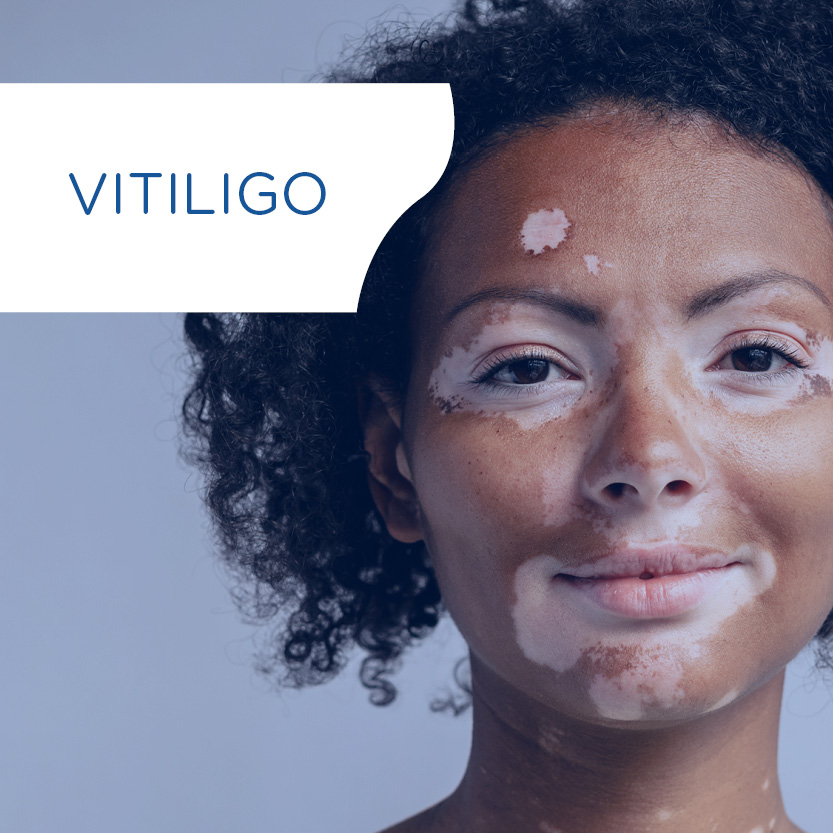Study of proliferation and 3D epidermal reconstruction from foreskin, auricular and trunk keratinocytes in children
Burns, 41(2):352-8
MCHEIK JN., BARRAULT C., PEDRETTI N., GARNIER J., JUCHAUX F., LEVARD G., MOREL F., BERNARD FX. and LECRON JC. (2014)
Service de Chirurgie Pédiatrique, CHU de Poitiers, France.
Laboratoire Inflammation, Tissus Epithéliaux et Cytokines (LITEC), Université de Poitiers, France.
Bioalternatives, Gençay, France.
Laboratoire d’Immunologie et Inflammation, CHU de Poitiers, France.
Abstract
Severe burns in children are conventionally treated with split-thickness skin autografts or epidermal sheets. An alternative approach is to graft isolated keratinocytes. We evaluated foreskin and other anatomic sites as donor sources for autologous keratinocyte graft in children. We studied in vitro capacities of isolated keratinocytes to divide and reconstitute epidermal tissue.
Keratinocytes were isolated from foreskin, auricular skin, chest and abdominal skin by enzymatic digestion. Living cell recovery, in vitro proliferation, epidermal reconstruction capacities and differentiation status were analyzed.
in vitro studies revealed the higher yield of living keratinocyte recovery from foreskin and higher potential in terms of proliferative capacity, regeneration and differentiation. Cultured keratinocytes from foreskin express lower amounts of differentiation markers than those isolated from trunk and ear. Histological analysis of reconstituted human epidermis derived from foreskin and inguinal keratinocytes showed a structured multilayered epithelium, whereas those obtained from ear pinna-derived keratinocytes were unstructured.
Our studies highlight the potential of foreskin tissue for autograft applications in boys. A suitable alternative donor site for autologous cell transplantation in female paediatric burn patients remains an open question in our department. We tested the hypothesis that in vitro studies and RHE reconstructive capacities of cells from different body sites can be helpful to select an optimal site for keratinocyte isolation before considering graft protocols for girls.
© 2014 Elsevier Ltd and ISBI.
KEYWORDS:Autografts; Burns; Children; Keratinocytes; Reconstruction
Check out Bioalternatives’ updates and experience new testing ideas
- Bioassays, models and services
- Posts and publications
- Events





